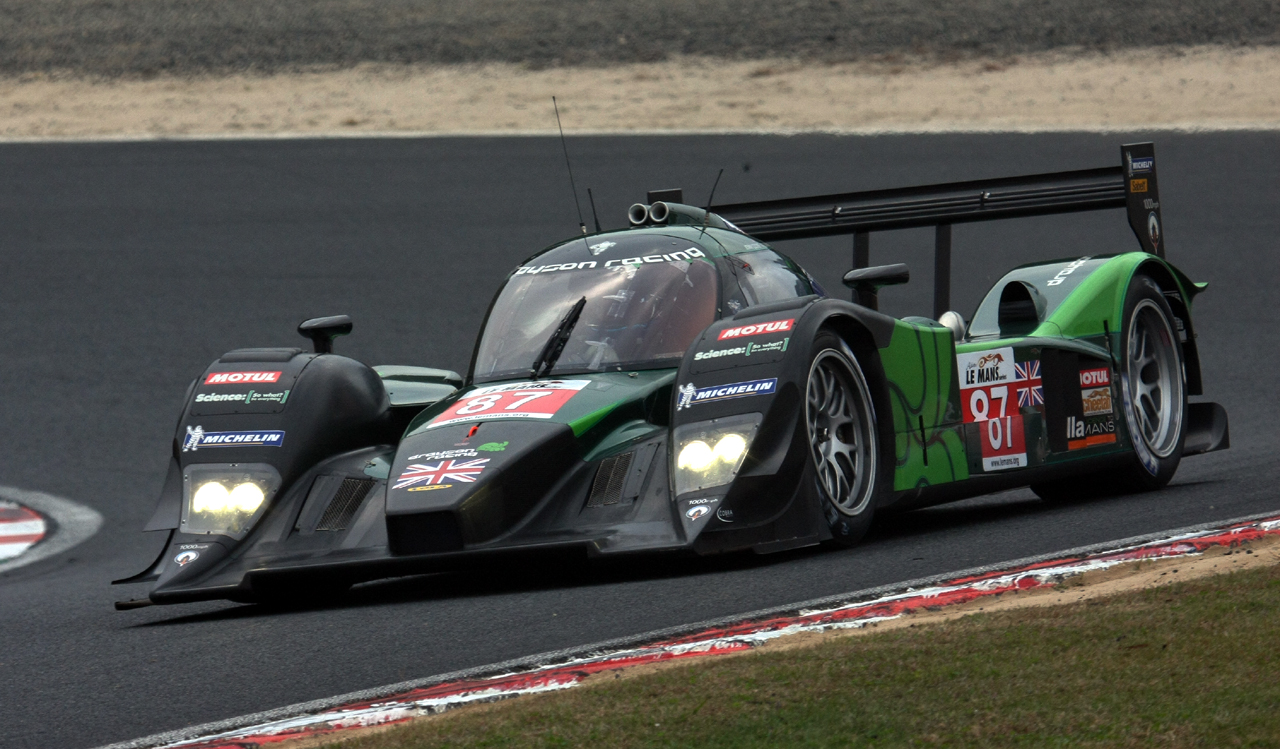Qualcomm enters cable-free electric car charging fray


San Diego-based Qualcomm did not disclose the price it paid for London-based HaloIPT, which makes “inductive power transfer” pads that charge EVs while they’re stationary. HaloIPT's trial customers include Rolls Royce, and it provides pads to the UK’s largest EV charing company,Chargemaster.
HaloIPT is also developing “dynamic charging” systems that would charge vehicles as they drive down a highway, using strips embedded in the road's surface. Last summer it said it would start testing dynamic technology with Britain’s Drayson Racing Technologies.
The company licenses its wireless charging technology from UniServices, a commercial arm of New Zealand’s University of Auckland. UniServices was a previous co-owner of the company, along with engineering firm Arup and Australian venture capital firm Trans-Tasman Commercialization.
Qualcomm is known for making mobile phone chipsets, and is pushing hard into mobile broadband and Internet. It also profits from licensing patented technology related to those products. It recently estimated it will have revenues of between $18 billion and $19 billion in its current fiscal year.
It said in a press release that it acquired “substantially all of the assets and other technology” from HaloIPT.
Qualcomm executive vice president of European Innovation Development Andrew Gilbert said in the release that Qualcomm has been investing in wireless power for a number of years. “The HaloIPT acquisition will further strengthen our technology and patent portfolio,” he said. For the Qualcomm cynics who wonder whether the deal represents settlement of any sort of patent dispute, insiders tell me “no.”
The Qualcomm release says that all members of HaloIPT’s team have joined Gilbert’s group, which is based in the UK. Qualcomm will continue to develop the wireless car charging technology. In addition to Rolls Royce and Chargemaster, HaloIPT is working with San Francisco-based lithium ion battery firm Evida Power.
Qualcomm also owns wireless spectrum. India recently granted it a license to become a broadband service operator after Qualcomm paid about $1 billion for spectrum in India earlier this year. It has said it will seek Indian operator partners and eventually exit the business.
Its HaloIPT acquisition is the latest example of cars and communication converging, as carmakers and phone companies hook up to turn cars into smartphones on wheels that deliver information, entertainment, mapping, navigation, engine diagnostics and other features.
“Convergence is a good word. That's the grand vision,” one Qualcomm insider told SmartPlanet. Qualcomm did not immediately elaborate on its convergence plans.
The “transmunication” trend opens the possibility for new business models. Consumers might pay all-in-one bills that include electricity, phone and Internet, for instance.
In one bold scenario, service providers such as mobile phone operators, Internet companies and utilities could one day include cars as part of a service contract, much the same way cellphone carriers today include the price of phones in monthly service contracts.
Qualcomm’s competitors in wireless electric vehicle charging include MIT spin-off WiTricity; German industrial giant Siemens; two smaller German firms Conductix-Wampfler, and VAHLE; and South Korea’s Korea Advanced Institute of Science and Technology. Google has also demonstrated the technology.
Inductive power transfer technology might also help charge mobile phones. It is used today to charge electric toothbrushes. It was advanced over a century ago by pioneering physicist and inventor Nikola Tesla, who wanted to transmit electricity to homes through airwaves.
Images: Top, Morio via Wikimedia; Bottom, Wikimedia
More wireless charging and "transmunication":
- How your car knows if you'll have a heart attack
- How to get a free car, Chapter 2
- Audi's self-driving A2 lets you catch up on email in traffic
- GM, LG partner on electric vehicle development
- How to get an electric car for free
- British race team fast tracks on-the-go electric charging
- Two small steps toward eliminating range anxiety
This post was originally published on Smartplanet.com